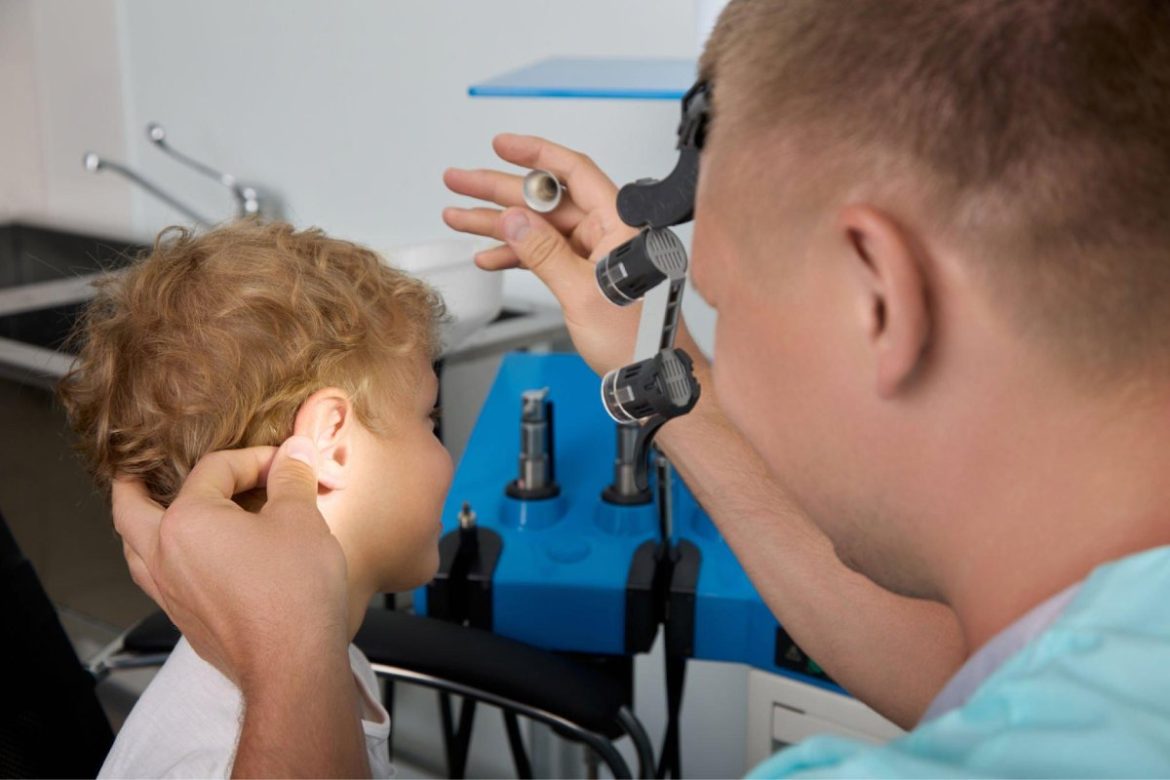Sound Steps: Hearing loss can significantly impact various aspects of daily life, from communication to overall well-being. While hearing aids and cochlear implants provide valuable assistance, auditory training and speech therapy play a pivotal role in the holistic rehabilitation of individuals with hearing impairment. In this blog, we’ll delve into the importance of these exercises, exploring how they work hand-in-hand to help individuals regain and enhance their auditory skills.
Auditory Training: Retraining the Brain to Hear
Auditory training redefines hearing by retraining the brain to interpret sounds effectively. Customized listening exercises, often integrated with technology and developed by experts at Alexander Audiology, enhance crucial auditory skills. Tailored to individual needs, these exercises improve speech discrimination, sound localization, and comprehension, providing a transformative journey toward heightened auditory awareness and processing.
Understanding Auditory Training
Auditory training is a process that involves exercises and activities designed to sharpen the brain’s ability to interpret sounds. This is especially crucial for individuals with hearing loss, as the brain needs to adapt to new auditory input, whether through hearing aids, cochlear implants, or other assistive devices.
Customized Listening Exercises
One of the key aspects of auditory training is its customization to an individual’s specific needs. Listening exercises are tailored to address the unique challenges and goals of each person. These exercises focus on improving various auditory skills, such as speech discrimination, sound localization, and the ability to understand speech in noisy environments.
Integration with Technology
Modern auditory training often incorporates technology, utilizing computer programs, apps, and specialized devices. These tools provide interactive and engaging exercises that enhance the brain’s ability to process and interpret auditory information. The integration of technology makes the training process more dynamic and adaptable to the individual’s progress.
Speech Therapy: Bridging the Communication Gap
Speech therapy bridges the communication gap for individuals with hearing loss, addressing speech articulation, language development, and social communication challenges. By focusing on speech production and language skills, speech therapy complements auditory training, fostering effective communication and enhancing overall linguistic proficiency for a more confident and connected life.
Role of Speech Therapy
Speech therapy complements auditory training by addressing the communication aspects of hearing loss. Individuals with hearing impairment may face challenges in speech production, language development, and social communication. Speech therapy aims to enhance these skills, fostering effective communication in various settings.
Speech Articulation and Pronunciation
For those who experience hearing loss at a young age, speech therapy focuses on developing proper articulation and pronunciation. Early intervention helps prevent the development of speech patterns that may hinder effective communication later in life.
Language Development
Speech therapists work with individuals to strengthen language skills, encompassing both receptive (understanding spoken language) and expressive (speaking) aspects. This includes vocabulary building, sentence construction, and comprehension exercises tailored to the individual’s needs.
The Synergy of Auditory Training and Speech Therapy
The synergy of auditory training and speech therapy is transformative, amplifying the benefits of each. Together, they elevate communication skills, boost confidence, and empower individuals to adapt seamlessly to daily challenges posed by hearing loss. This integrated approach harmonizes physiological rehabilitation with effective communication strategies for a more fulfilling life.
Enhancing Communication Skills
As auditory training sharpens the brain’s ability to process sound, speech therapy facilitates the application of these enhanced skills in real-world communication scenarios.
Boosting Confidence
Through a combination of auditory training and speech therapy, individuals often experience a boost in confidence. Clearer speech and improved understanding of spoken language contribute to increased self-assurance in social, academic, and professional settings.
Adapting to Daily Challenges
Both auditory training and speech therapy empower individuals to adapt to the challenges posed by hearing loss. Whether in noisy environments, group conversations, or telephone communication, the integrated approach equips individuals with the skills needed to navigate various auditory scenarios.
Final Thoughts
Hearing rehabilitation is a multifaceted journey, and auditory training coupled with speech therapy provides a comprehensive roadmap. This dynamic duo not only addresses the physiological aspects of hearing loss but also fosters the development of effective communication strategies.
As we continue to unravel the intricacies of auditory rehabilitation, the collaboration between these two pillars remains a beacon of hope for those seeking to regain and enhance their hearing abilities. Embracing both can open doors to a world of improved communication, increased confidence, and a fuller, more vibrant life.


